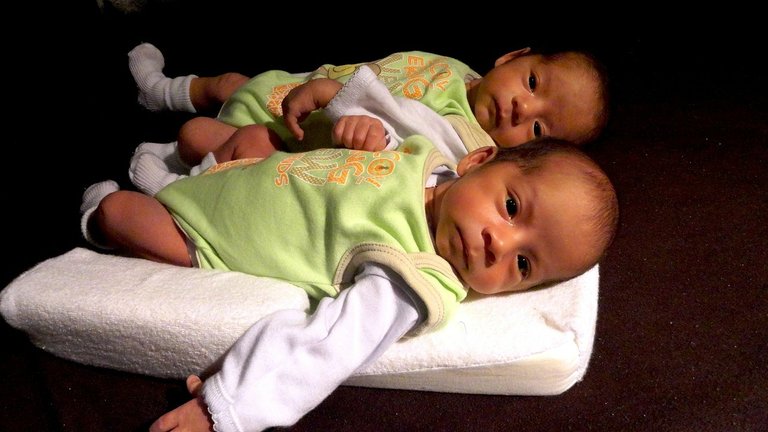You are pregnant and all you want to do is to put the bed that infant only to be told that you are pregnant again while being pregnant currently. Let me guess your reaction, it is impossible! Well, I will tell you for a fact that it is not impossible in anyway although it is very rare.
As a pregnant woman, it never crosses your mind that you will be pregnant again, and all you worry about is whatever beauty you have in your oven and that is what you will worry about for the next 40 to 41 weeks and you can tell that carrying one baby can be very stressful and draining more-less getting pregnant again while still carrying a pregnancy.
Pregnancy happens when the male gamate (sperm) and the female gamate (egg) meet with the sperm fertilizing the egg to form a zygote. The zygote becomes an embryo which then becomes a fetus after 10 weeks and the development continues until 40 weeks. The phenomenon of getting pregnant while being pregnant before is known as Superfetation.
This is when different offspring develops at different stages of the same gestational period meaning that another egg is fertilized after the first is already developing in the womb. When I say it is not common in humans, it doesn't mean it isn't common in animals because animals like rodents, sheep, badgers and so on usually experience this.
There have been very little case of superfetation in humans with the recent of such cases being Julia Grovenburg who deliver a daughter and son about 2 and half weeks apart in 2009. Biologically, this isn't suppose to happen because the body isn't engineered to allow this to happen because hormonal changes in the female's body prevents it from ovulating after being pregnant, and it thickens the wall of the Fallopian tube to prevent eggs from sticking to it.
Normally a person releases one egg in a month which needs to be fertilized within a 24 hour period, causing the cells to divide. Part of the ovary produces hormone such as progesterone which prepares the uterus for implantation after which in about 6 days, the clump of cells borrow into the tissue lining the uterus and implants. About a month after implantation, the opening of the cervix form a mucus plug preventing sperm from coming into to fertilize another egg, as well as prevent infection from entering the cervix.
With that said, it is certain that twin either monozygotic (identical) or dizygotic (fraternal) are as a result of multiple eggs or a single egg dividing into two occurs before mucus i the cervix and the suppression of ovulation.
While the cause of superfetation is yet to be known, some believe it has to do with the delay of the first embryo implantation leading to a spike in the hormone that usually prevent double pregnancy and this opens a window for a second embryo to be fertilized. This means that two separate eggs are being fertilized by two different sperm. The two fetus will have two different due dates as well as different dates of conception.
In our world, we usually deliver the baby at the same time, with one being mature and the other premature and as you would expect, the premature sibling will be smaller, and would have a higher risk of certain birth defects and developmental delays.
In 2016, Sarah who was a surrogate mother had superfetation which helped her have her own child aside from the one she was carrying for the couple whom she was a surrogate for.
Another reason for superfetation involves people with a rare condition that causes them to have two uteri known as Uterus Didelphys causing them to be doubly pregnant since they function independently. There can be cases where these uteri connect to different vagina.
Post Reference
https://pubmed.ncbi.nlm.nih.gov/23043772/
https://www.dailymail.co.uk/health/article-2010005/Woman-gives-birth-babies-day-NOT-twins.html
https://edition.cnn.com/2017/11/03/health/surrogate-mom-two-babies/index.html
https://www.ajog.org/article/S0002-9378
https://www.ucsfhealth.org/education/conception-how-it-works
https://www.mayoclinic.org/healthy-lifestyle/pregnancy-week-by-week/in-depth/placenta/art-20044425
https://pubmed.ncbi.nlm.nih.gov/16126061/
https://www.tandfonline.com/doi/abs/10.1080/jmf.14.4.217.219
https://www.ncbi.nlm.nih.gov/pmc/articles/PMC1626817/


